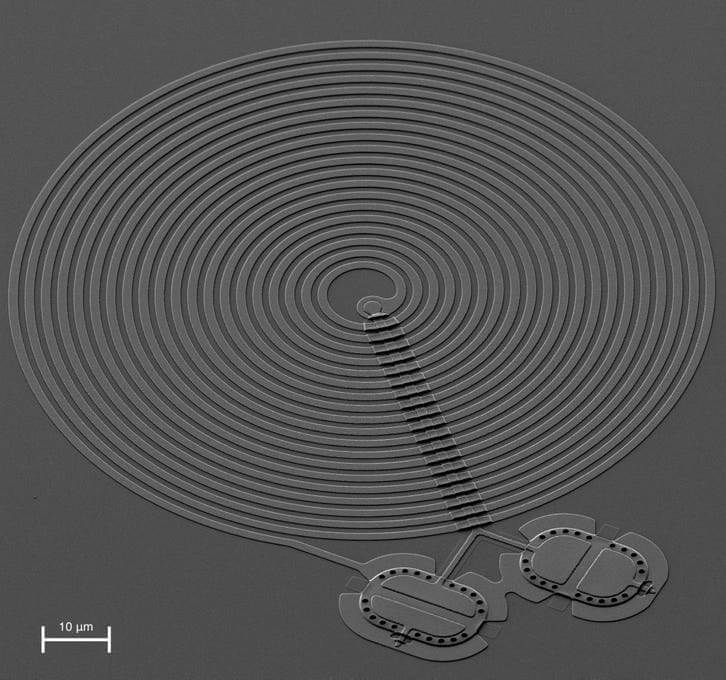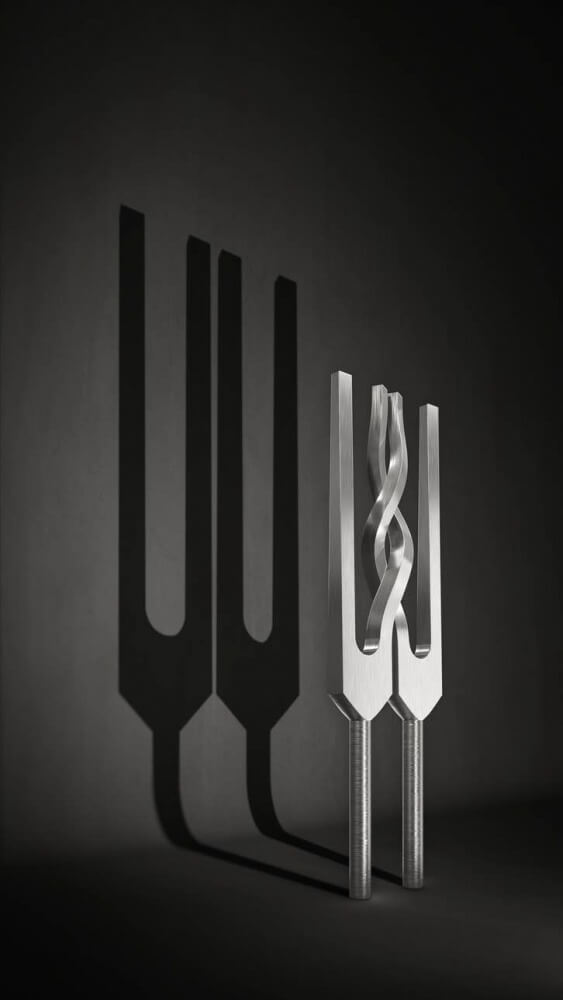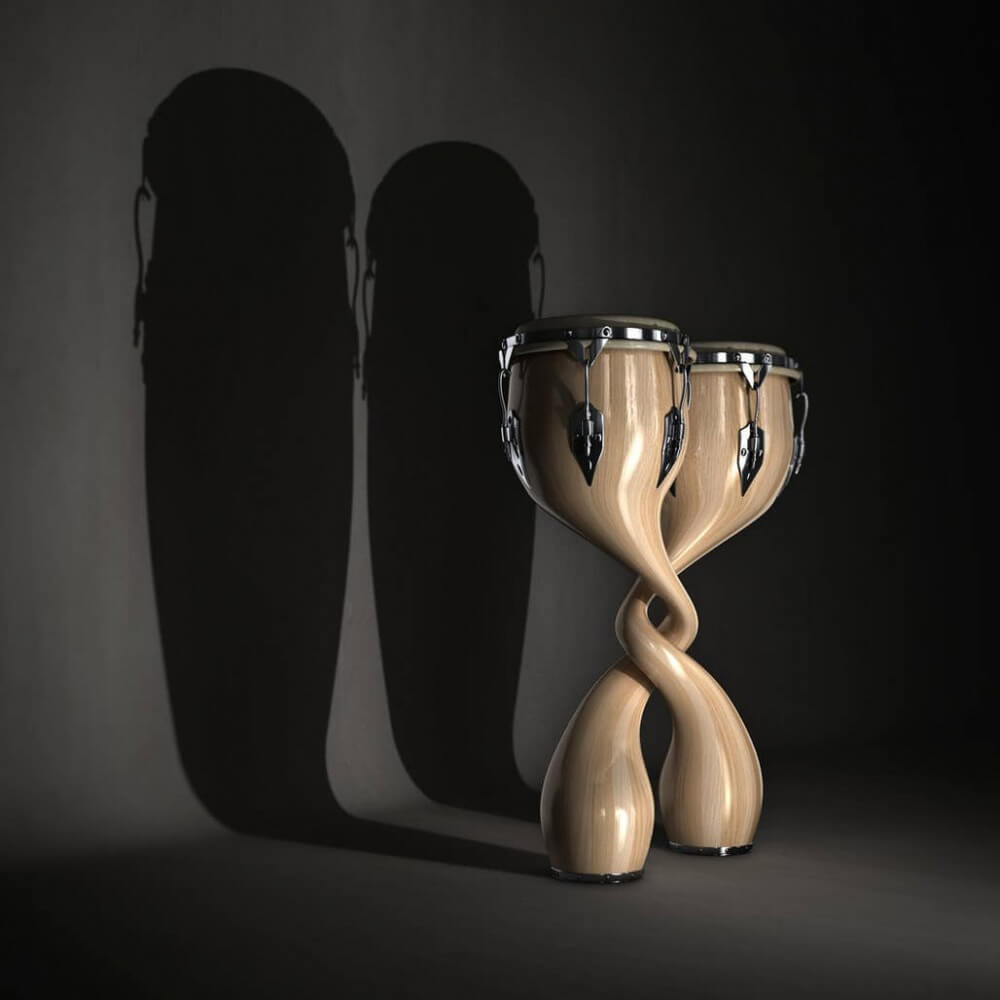The researchers were able to directly observe the entangled quantum state of two mechanical drums, each with a size close to the diameter of a human hair.

Quantum entanglement is one of the most fascinating phenomena of quantum mechanics. If this phenomenon occurs, two bodies separate from each other can express a strong correlation even without exchanging information between them. Used correctly, quantum entanglement can be useful for innovative communication protocols, for the production of verified random numbers, and eventually, for what everyone wishes for - the creation of a quantum computer. In order for quantum entanglement to be useful, the correct experimental signature indicating that the bodies are entangled must be measured. But here different types of noise processes intervene, when usually the researchers are left with only Faint hints about the interweaving - a "shadow" from which we can only conclude in retrospect that there might have been some kind of interweaving operation. Moreover, the task becomes more difficult as the entangled bodies are larger. These tend to involve the most noise processes, and at the same time the measurement accuracy required for them is greater than that required for small bodies. It is not for nothing that most successes in producing and measuring quantum entanglement are limited to single atoms and molecules.

The new research paper, published this week (Thursday) in the prestigious scientific journal Science, was carried out by Dr. Shlomi Kotler, from the Department of Applied Physics at the Hebrew University, at the (American) National Institute of Standards and Technology, together with the research group for advanced microwave photonics led by J. Van Topol and the Theory of Computation and Communication group led by Emmanuel Kenil and Scott Glancy. The researchers were able to directly observe the entangled quantum state of two mechanical drums, each with a size close to the diameter of a human hair.
Mechanical drums are quantum memory units based on tiny mechanical elements. Each drum is made of superconducting aluminum, which looks like a tiny trampoline embedded inside a microwave chip, and is produced in processes similar to the way normal computer chips are produced. Their uniqueness is that they store information in a non-electrical method. In contrast to the normal memory of classical computers, here the information is encoded in the tiny vibrations of the mechanical movement of the drums.
The researchers developed a technique to produce interlaced modes in the same mechanical drums on-demand, and in addition an innovative measurement technique. With the usual measurement technique, they managed to measure, so far, mainly noise that is not related to the drums themselves. This noise hid most of the information and it is possible to determine whether the interweaving existed, only in retrospect. In the new technique published in Dr. Kotler's research, by illuminating the drums with microwaves tailored to the problem, the quantum entanglement was observed above the shadows of noise that once obscured it. The researchers adapted microwave methods from advanced cellular technology, often used by the smartphone industry, to measure quantum drums.

The phase of conducting the research was fascinating. The researchers designed an electronic chip that is very similar to the chips found in cellular devices, except that in addition to the usual electrical circuits, the researchers embedded the two tiny mechanical drums, so that when they move, there is a change in the electrical circuit that can be measured using microwaves. This method is very similar to the method in which police officers catch drivers who drive over the speed limit. The officer uses the radar to transmit microwave waves towards the passenger vehicle. The microwave waves return to the viewer at a slightly different frequency than the frequency at which they were transmitted. This effect is called the "Doppler" effect and can be used to determine what the speed of the passenger vehicle was.
In this work, the researchers beamed microwaves at the tiny drums. These waves hit the drums and bounced off them when the "Doppler" was moved, similar to a moving car. From the movement of the "Doppler" it was possible to determine the condition of the drums, and conclude that they are intertwined. To create entanglement the researchers used another property of microwaves. When these waves hit small objects, they can change their state of motion: push or pull them, similar to how waves in the sea can move floats or vessels. This phenomenon is called "radiation pressure". Careful design of the microwave pulse radiation pressure allows the motion mode of the two drums to be changed to be so highly synchronized that an entangled state is created. Therefore by using microwave pulses it was possible to weave the drums in the first stage of the experiment and then measure them by other pulses, in the second stage of the experiment. The fact that the stages of the experiment could be separated allowed for independent optimization of each part. A pulse that is ideal for creating a weave is not necessarily ideal for measuring the weave.
The research itself was done in cold temperatures, close to minus 273 degrees Celsius. At these temperatures, electric microwave circuits stop behaving in their everyday way, and start behaving according to quantum theory. Cooled circuits of this type are used in industry today to build prototypes of quantum computers.
For the scientific article:
